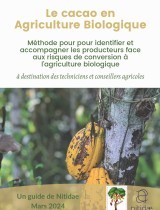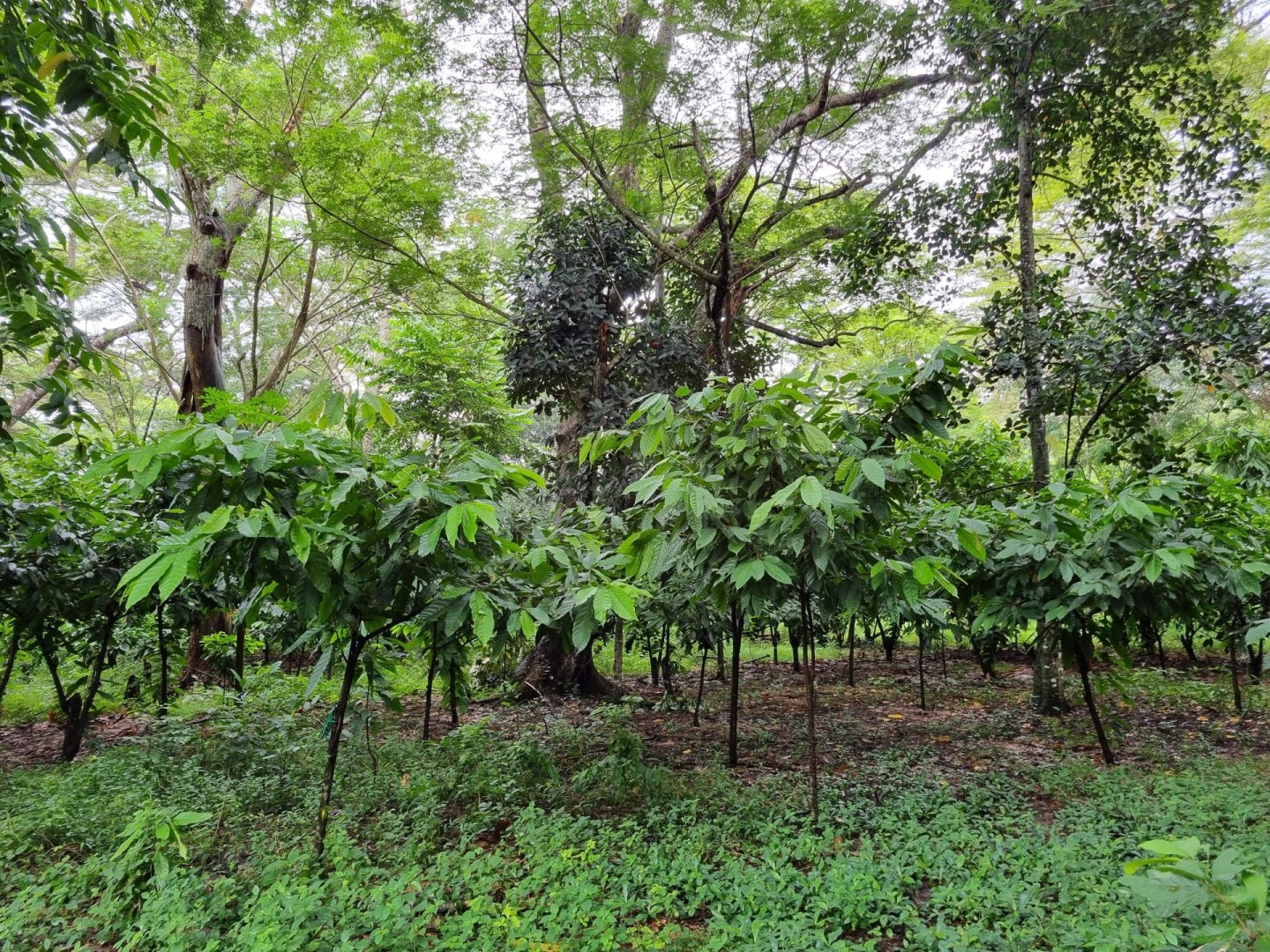

Two guides to support cocoa producers in agroforestry and to manage organic conversion risks
The guide for conversion to organic farming
Organic farming is an economic opportunity for farmers. However, this opportunity can be very risky for producers and generate a sudden drop in yields.
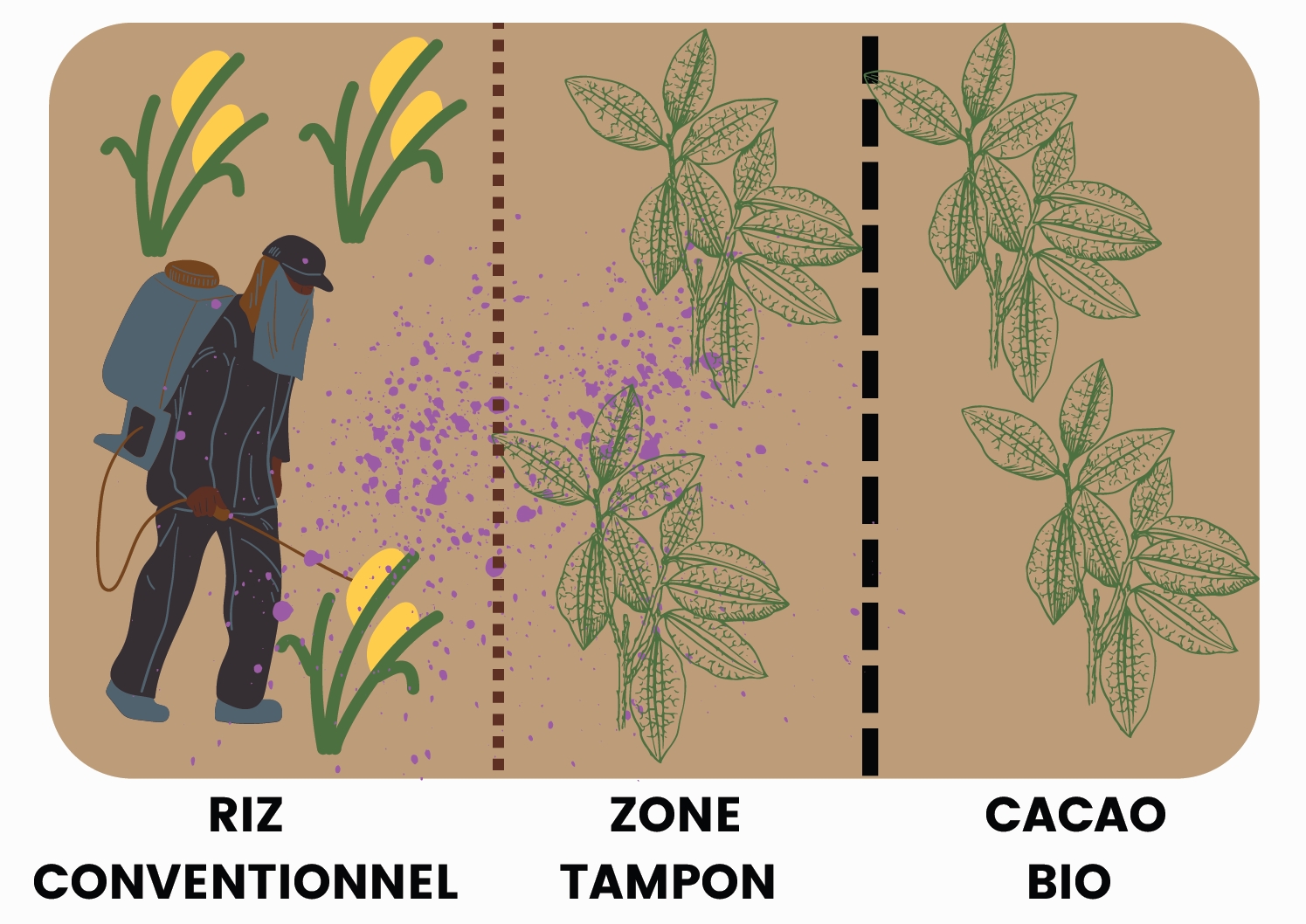
The buffer zone, a major issue to make it understood to avoid contamination and guarantee organic compliance.
This guide is not a guide to good practices in organic cocoa. Faced with the diversity of agricultural systems and the varying degree of risk depending on the farmer, there are no universal or systematic good practices.
This guide is rather designed as a tool for improving agricultural advice for producers. It helps support technicians, agricultural advisors, cooperative staff and project leaders in their commitment to organic farming.
>> Download the Organic Farming guide here.
The guide to the (re)introduction of trees and agroforestry
Agroforestry is one strategy (among others) to maintain a cocoa plantation in a post-forestry context. The (re)introduction of trees is thus part of a wide range of farmer innovations, and some cocoa producers are implementing it spontaneously.
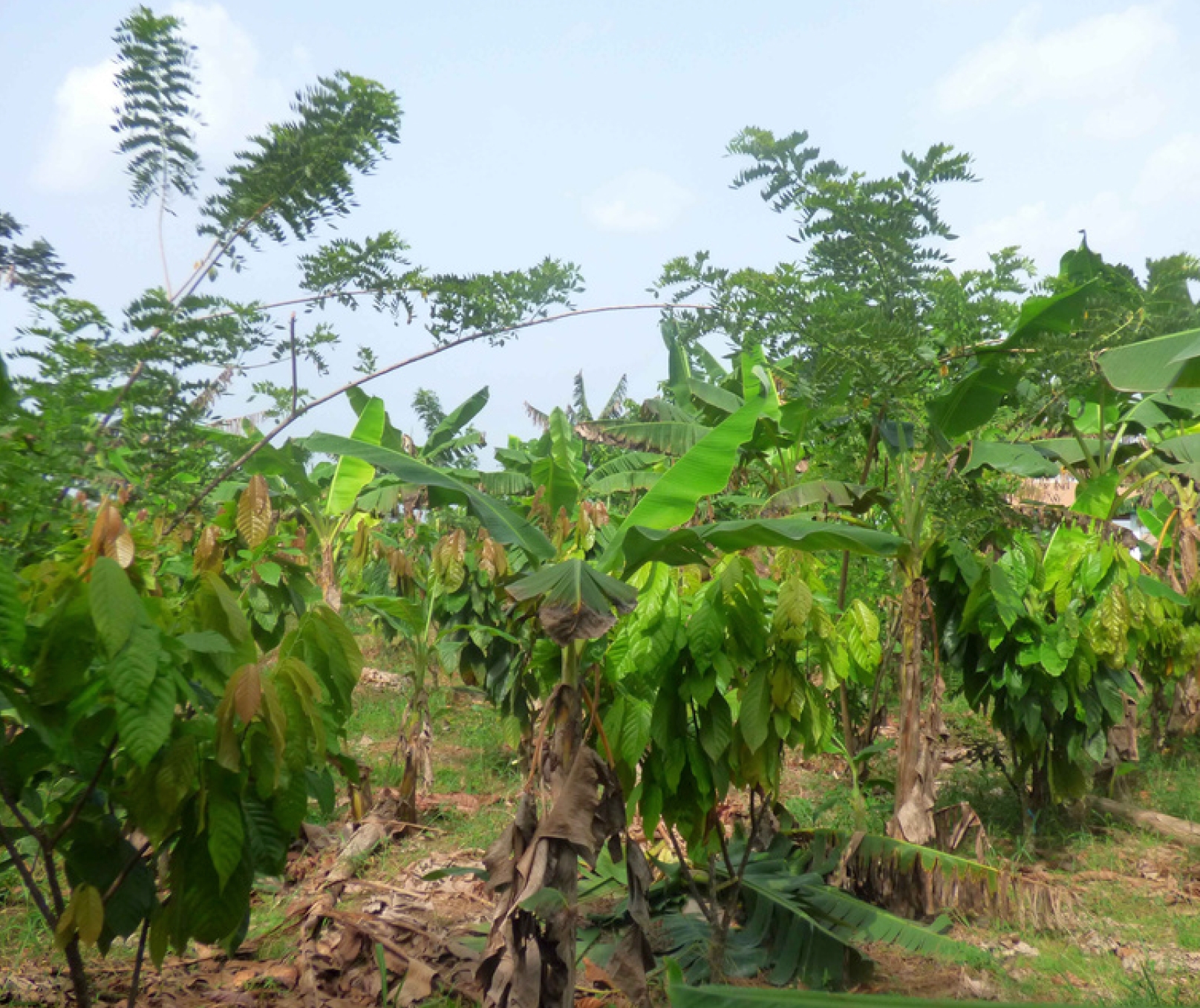
Association of two cocoa tree species/Gliricidia sepium, the targeted objective is agronomic, to make nutrients available to the cocoa tree. Gliciridia sepium is a leguminous plant which would have a positive impact on the fertility of the cocoa tree.
Agroforestry is plural. Its promotion is therefore dependent on the regional context (pedo-climatic conditions) and the context of the farmer: needs for diversification, resilience, fertility... This explains the results mixed reactions of the majority of agroforestry programs based on the distribution of plants and/or payment for environmental services.
This guide proposes a renewed approach in supporting the transition of cocoa systems, through a characterization of the needs of each plot, increased involvement of farmers and reinforced monitoring.
This guide is designed as a tool for improving agricultural advice for producers. It supports technicians, agricultural advisors, cooperative staff and project leaders in their commitment to promoting agroforestry.
>> Download the Agroforestry guide here.
Related projects
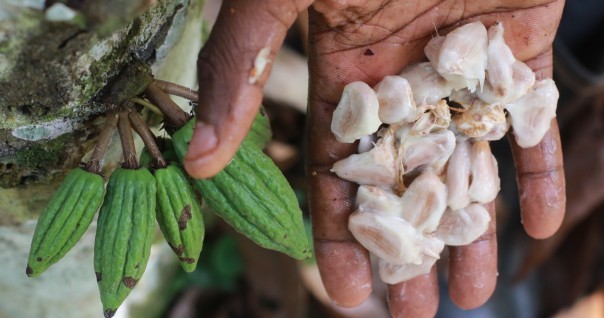
COCOA4FUTURE - Sustainability of production systems and new dynamics in the cocoa sector
See moreRelated documents
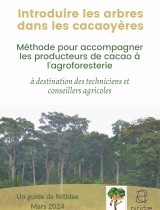
Guide to introducing trees into cocoa farms and supporting cocoa producers in agroforestry
